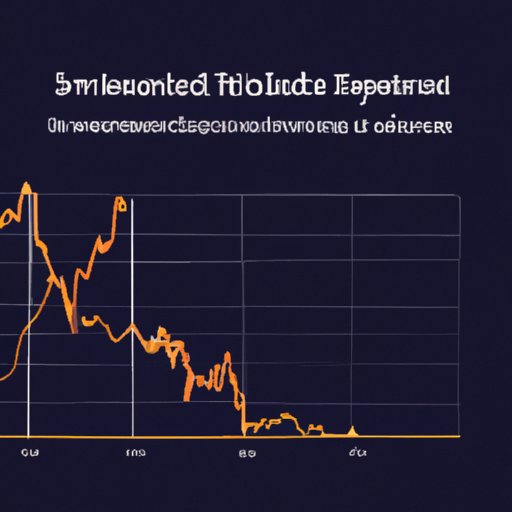Introduction
Index funds are one of the most popular investment vehicles for investors looking to diversify their portfolios and reduce their risk. An index fund is a type of mutual fund or exchange-traded fund (ETF) that tracks a specific market index, such as the S&P 500. By investing in an index fund, investors are able to reap the benefits of the stock market without needing to pick individual stocks. Additionally, index funds tend to have lower fees than actively managed mutual funds, making them an attractive option for long-term investors.
Calculating Your Investment in Index Funds Based on Your Risk Tolerance
Before you can determine how much to invest in index funds, it’s important to assess your personal risk tolerance. This will help you determine the right level of risk for your portfolio. Generally speaking, the higher the risk tolerance, the more aggressive you can be with your investments. Conversely, if you’re more risk-averse, then you may want to opt for a more conservative approach.

A Guide to Investing the Right Amount in Index Funds
Once you’ve identified your risk tolerance, it’s time to start evaluating your investment goals. Do you want to generate income or grow your wealth? Are you looking for short-term gains or long-term growth? Understanding your goals will help you decide which type of index fund is best for you. There are a variety of index funds available, each with its own set of advantages and disadvantages. For example, some index funds track broad market indexes, while others focus on specific sectors or industries.
It’s also important to set a reasonable budget for your investments. How much money do you have available to invest? How much can you realistically afford to lose? Knowing your budget will help you determine how much to invest in index funds. You don’t want to overextend yourself, so make sure you’re comfortable with the amount you’re investing.
Estimating How Much You Should Invest in Index Funds
Once you know your risk tolerance, investment goals, and budget, it’s time to start estimating how much you should invest in index funds. One way to do this is by applying expected returns to your investment. This involves calculating the average return of the index fund over a period of time and then multiplying it by the amount you’re investing. This will give you an idea of what kind of return you can expect from your investment.
You can also use financial planning tools to determine appropriate index fund investments. These tools allow you to input information about your risk tolerance, budget, and investment goals and then generate recommendations for index funds that are tailored to your needs. This can be a great way to get started with index funds without having to do all the research on your own.

Exploring Different Strategies for Investing in Index Funds
Once you’ve determined how much to invest in index funds, it’s time to explore different strategies for investing. The two main strategies are passive investing and active investing. With passive investing, you simply buy and hold index funds and let them ride. This is a good strategy for long-term investors who don’t want to manage their investments on a daily basis.
Active investing involves buying and selling index funds on a regular basis in order to take advantage of market fluctuations. This requires a lot more work, but it can be a good strategy for those who have the time and knowledge to manage their investments. Whichever strategy you choose, make sure you understand the risks involved before investing.

Creating a Balanced Portfolio with Index Funds
Finally, it’s important to create a balanced portfolio with index funds. This means allocating your assets wisely and rebalancing your portfolio as needed. For example, you may want to invest in a variety of different index funds, such as U.S. stocks, international stocks, bonds, and commodities. This will help spread out your risk and ensure that you’re not too heavily invested in any one asset class.
Conclusion
Investing in index funds can be a great way to diversify your portfolio and reduce your risk. To determine how much to invest in index funds, start by assessing your risk tolerance, understanding different types of index funds, setting a budget, and estimating expected returns. Once you’ve done this, you can explore different strategies for investing, such as passive investing or active investing, and create a balanced portfolio with index funds. By following these steps, you can make sure you’re investing the right amount in index funds.
(Note: Is this article not meeting your expectations? Do you have knowledge or insights to share? Unlock new opportunities and expand your reach by joining our authors team. Click Registration to join us and share your expertise with our readers.)
